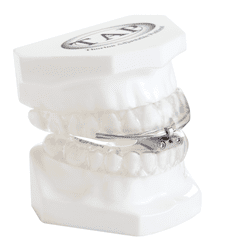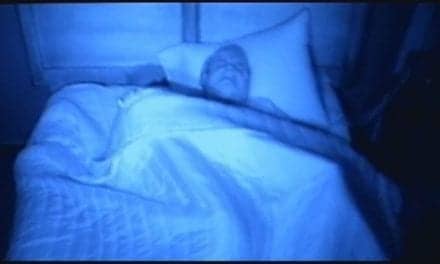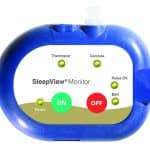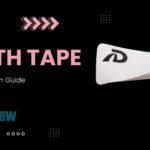ProSomnus Inc announced that the US Food and Drug Administration (FDA) has accepted and is in the process of reviewing the company’s premarket notification for its ProSomnus EVO oral appliance for the treatment of patients with severe obstructive sleep apnea (OSA).
“The acceptance of our 510(k) submission for substantive review represents a significant step towards expanding access to care for the millions of patients with obstructive sleep apnea who prefer a safe, effective, and convenient treatment alternative to CPAP or invasive procedures,” says Len Liptak, ProSomnus CEO, in a release. “We look forward to working closely with the FDA throughout this review process as we look to expand the labeling for our precision oral appliance therapy device.”
The company’s premarket notification 510(k) submission included a robust clinical data dossier demonstrating the safety and efficacy of its ProSomnus EVO precision medical device relative to the performance goals indicated in pre-submission meetings and reference devices.
The clinical data submitted by ProSomnus in support of its 510(k) submission included data on 92 patients with severe OSA from two prospective clinical studies.
- The mean age of patients was 52 (26-77);
- Mean body mass index was 31.4 (19.8-45.9);
- Baseline mean apnea-hypopnea index (AHI) was 47.5 (30.1-106.9); and
- Mean baseline oxygen desaturation index was 47.1 (16.7-107.9).
When compared to baseline measurements:
- 75% of patients successfully achieved the AHI target of AHI < 20 and a 50% reduction from baseline;
- 91% of patients successfully achieved the oxygen desaturation index target of 25% improvement from the baseline;
- 82% of patients achieved the sleep apnea-specific hypoxic burden target of < 60 % min / hr.; and
- 89% of patients achieved a 45% improvement in AHI or improved their OSA severity by at least one strata.
With ProSomnus treatment, compared to baseline, patients experienced:
- a mean AHI improvement of 66%;
- a mean oxygen desaturation index improvement of 60%; and
- a mean improvement in sleep apnea-specific hypoxic burden of 69%.
These results were achieved without patient preselection or excluding patients with concentric collapse airway profiles.
“We believe the clinical data from treating patients with severe obstructive sleep apnea combined with an excellent safety profile derived from hundreds of thousands of real-world cases, positions us well for obtaining severe indication clearance from the FDA,” says John Remmers, MD, ProSomnus chief scientist, in a release. “FDA clearance for the use of the ProSomnus EVO precision medical device in the treatment of severe OSA patients has the potential to open a new, safer, more effective, and less invasive treatment modality for such patients that does not exist today.”
Pursuant to Section 510(k), following acceptance, the FDA will conduct its substantive review of the submission, which may include a request for additional information from the company. FDA guidance indicates that the FDA seeks to complete its review of 510(k) submissions within 90 calendar days of the date of receipt, excluding the time required by the company to respond to additional information requests. The time required to respond to any such requests will depend on the nature of the request.










